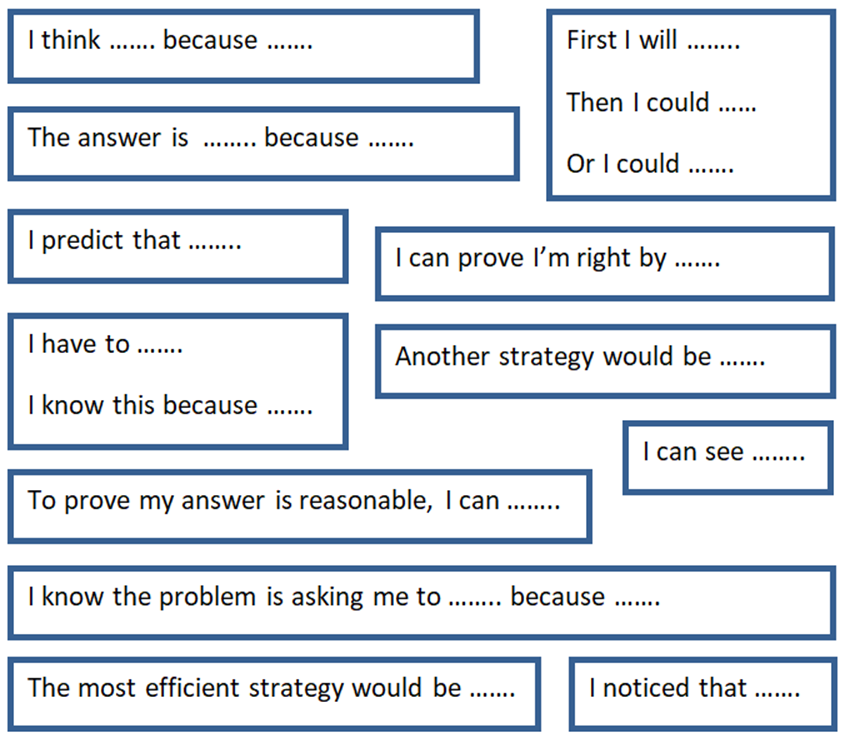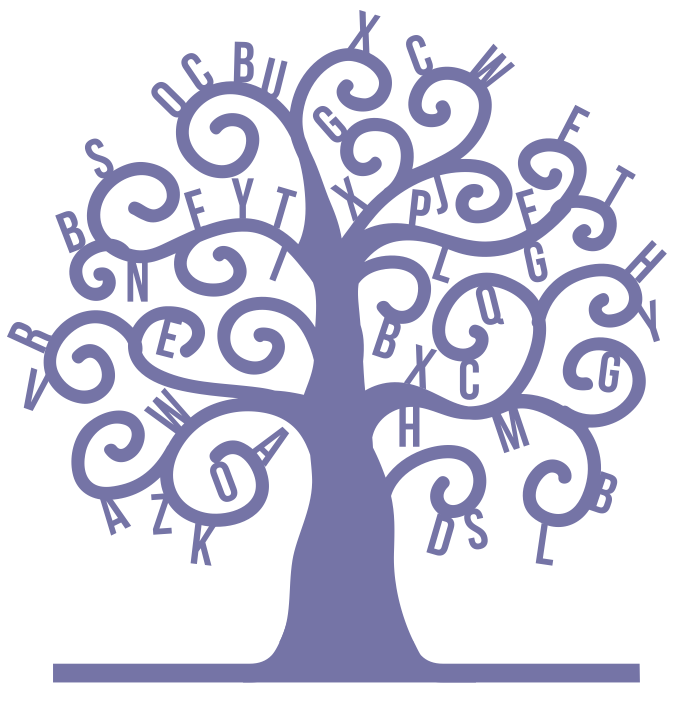Maths
What is our aim?
At Caldecote, we aim to create independent, confident and resilient mathematicians who are well-equipped to apply their knowledge to other school subjects, the wider world and their lives in the future.
We continually revisit and consolidate knowledge to ensure our pupils have a secure and deep understanding and the ability to make connections between mathematical ideas.
As Caldecote pupils progress, they will become increasingly fluent in the fundamentals of maths, be able to reason mathematically and be able to solve progressively complex problems.
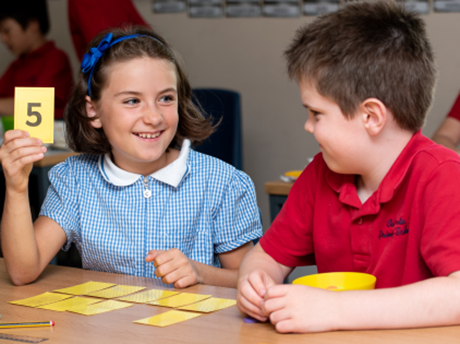
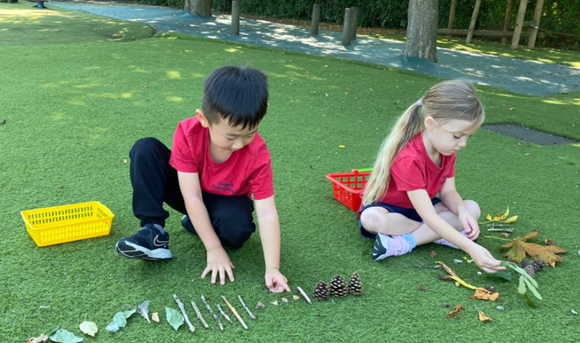
How do we teach maths at Caldecote?
We use a teaching for mastery approach.
Mastering maths means pupils acquiring a deep, long-term, secure and adaptable understanding of the subject. Our classroom practice and the organisation of our curriculum combine to give pupils the best chances of mastering maths. Achieving mastery means acquiring a solid enough understanding of the maths that’s been taught to enable pupils to move on to more advanced material.
Daily Core Skills
The foundations of our Caldecote learning tree include the core skills of arithmetic and times tables. These are taught across the school in all classes every morning in short focused sessions. These daily sessions allow for knowledge and skills to be continually revisited. This reinforces and consolidates what has previously been taught. We believe that this plays an important role in our pupils becoming fluent in the fundamentals of maths and develops the pupils’ ability to recall and apply knowledge rapidly and accurately.
Daily Maths Lesson
The trunk of the learning tree includes our daily maths lessons. Every lesson at Caldecote is expected to include aspects of problem-solving and reasoning. The whole class work on the same learning objective and all children are exposed to the same teaching. Our maths lessons consist of a variety of whole class, paired, small group and independent work. Groups are typically mixed ability but may occasionally be ability grouped if the need arises. During every lesson, the teacher and teaching assistant (where available) work with a group of pupils providing teaching input, support, live marking and feedback. Groups are rotated to ensure that all pupils are given equal opportunities to work with an adult led group.
Low threshold/high ceiling activities are commonly used to ensure all children can access the learning and achieve. Children are focused on how they get to their answers and encouraged to make their own discoveries. We also aim to develop oracy in maths which is the ability to reason and explain their problem-solving and justify their thinking.
Maths lessons are engaging, practical and we utilise technology and the outside environment wherever possible. This fosters curious, flexible learners who are confident, adventurous, resilient and risk-taking in their approach.
Our curriculum and approach nurture the development of interconnectivity between areas of maths where pupils are able to reason about a concept and fluently move between mathematical ideas. The Caldecote curriculum is designed so that pupils are able to apply their mathematical knowledge to science, other curriculum subjects and in their real life.
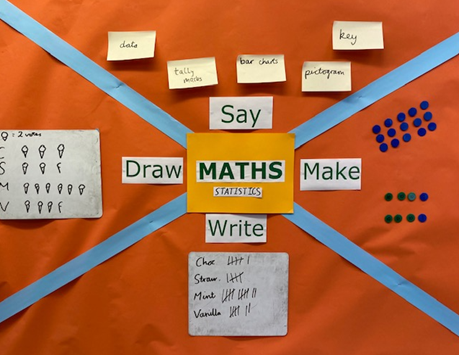
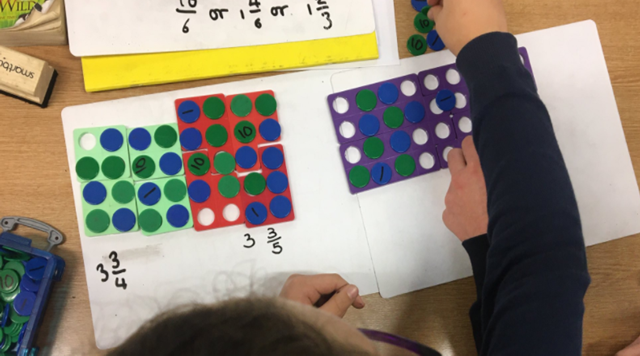
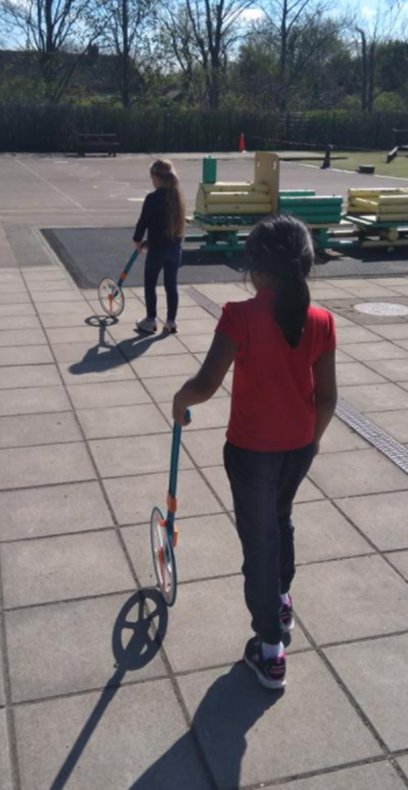
Concrete – Pictorial – Abstract
We use the ‘Concrete – Pictorial – Abstract’ (CPA) method, an essential technique of maths mastery that builds on a child’s existing understanding. It is a highly effective framework for progressing pupils to abstract concepts like fractions. It builds on children’s existing knowledge by introducing abstract concepts in a concrete and tangible way.
Concrete is the “doing” stage. During this stage, children use concrete objects to model problems.
Pictorial is the “seeing” stage. Here, visual representations of concrete objects are used to model problems. This stage encourages children to make a mental connection between the physical object they just handled and the abstract pictures, diagrams or models that represent the objects from the problem. Building or drawing a model makes it easier for children to grasp difficult abstract concepts (for example, fractions).
Abstract is the “symbolic” stage, where children use abstract symbols to model problems. Children are introduced to the concept at a symbolic level, using only numbers, notation, and mathematical symbols (for example, +, –, x).
Termly Revisiting of Maths Topic Areas
As well as the daily revisit of core skills in the arithmetic and times table sessions, our curriculum requires the following areas of maths to be revisited (with progression) at least every term:
- number and place value
- addition and subtraction
- multiplication and division
- fractions and decimals.
Ensuring systematic revision and progression allows for continual development to challenge the most able learners, while also continuing to revisit earlier areas of knowledge for those who may struggle with maths.
How do we ensure all pupils achieve in maths?
Maths at Caldecote Primary School is fully inclusive, and we believe that all pupils are entitled to have access to a broad and balanced maths curriculum. Our teaching for mastery approach and programme of revisiting supports pupils who struggle in maths to achieve. Additionally, our live marking approach to feedback aids progress every lesson. Each day, pupils are assessed during the maths lesson and may be identified for ‘catch up’ during or before the next lesson.
However, for some pupils with special educational needs and disabilities (SEND) additional or different support is needed for them to successfully access the maths curriculum. Pupils with SEND will have a support plan or EHCP which sets out the provision they need, for example small group or 1:1 sessions or pre teaching.
Please click here to view our Caldecote Maths Curriculum
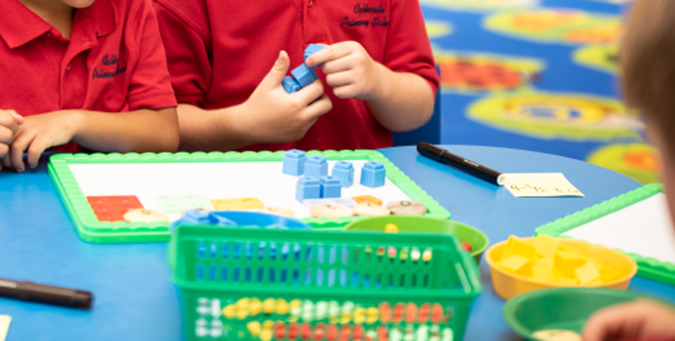
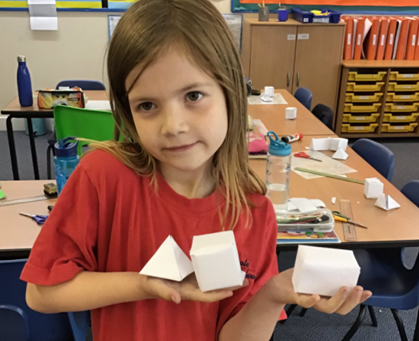
Wider opportunities for maths
The branches of the learning tree are the wider opportunities we provide pupils to enrich the curriculum. The school annually take part in several maths events such as the Cambridgeshire Maths Challenge and the CB23 Mega Maths event. In school we aim to provide experiences that enhance pupils’ learning in maths such as the fiver challenge, curriculum days and house team activities and competitions.
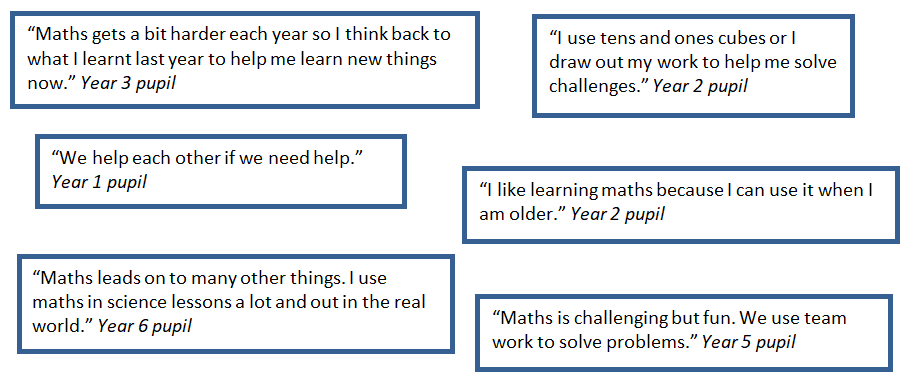
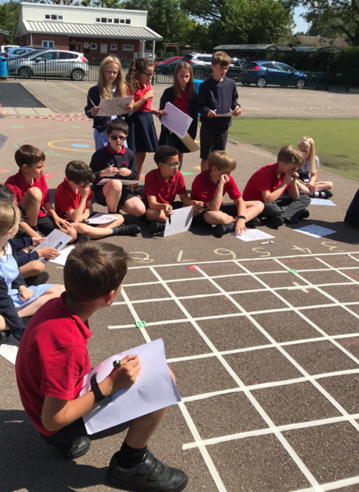
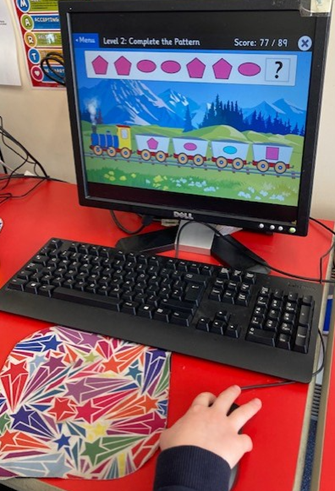
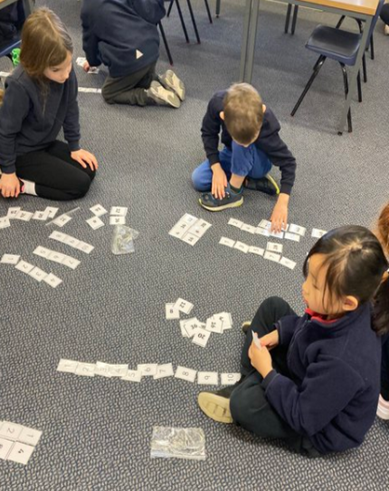
How do we assess your child’s maths progress and attainment?
Assessment in maths is used to inform teaching in a continuous daily, weekly and longer term cycle of planning, teaching and assessment. Observations and assessments are made every lesson. Catch up and pre teaching occur as a result of daily assessments. Teacher’s day-to-day lesson planning is informed by this constant checking of children’s understanding.
All children are also more formally assessed in maths in line with our assessment schedule every term and test outcomes alongside teacher judgements are used to track attainment and progress of individuals, whole classes and the whole school.
At the end of Year 2 and Year 6, children will take Statutory Assessment Tests (SATs) which consist of mathematical reasoning and arithmetic papers.
We formally report maths attainment, effort and attitudes to learning to parents three times per year. We provide two written termly reports which are shared and discussed at parents’ consultations in autumn and spring terms. In summer term we provide an annual written report.
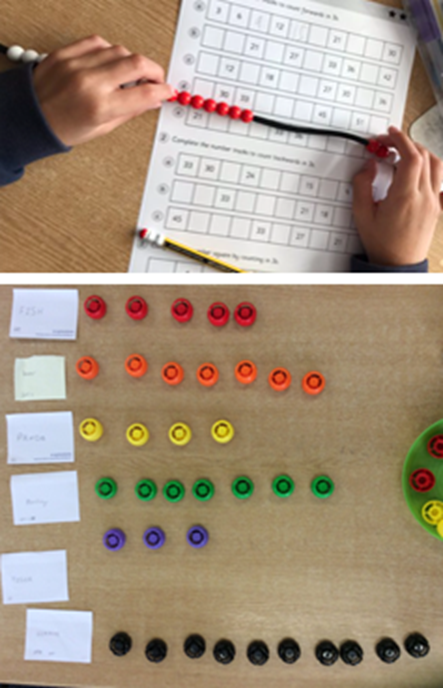
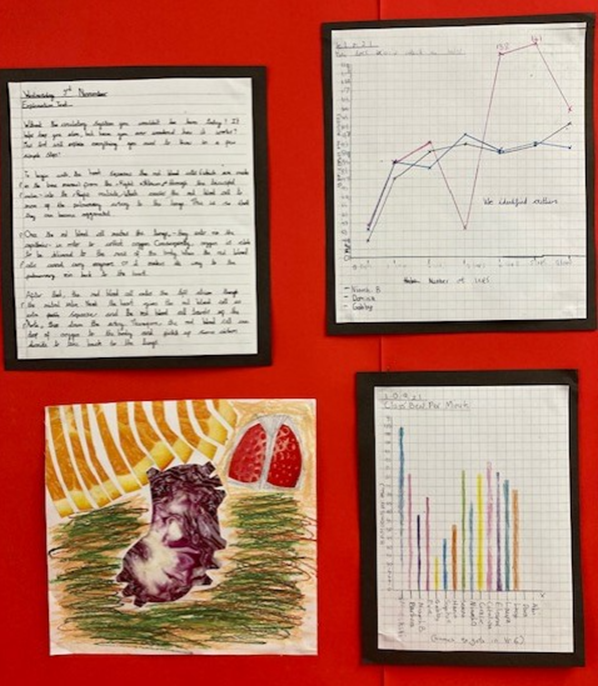
How can you support your child with their maths learning at home?
Use the class overview to find out what your child is learning in maths each half-term.
The half-termly home learning menu will give you maths ideas and activities that are linked to your child’s learning in school.
When practising written methods please refer to our calculation strategies found here.
The calculation strategies document below explains how to use the calculation methods that your child will use to solve problems.
Mathletics is an learning programme your child can access to support the development and consolidation of their maths knowledge at home. All children in Year 1 to Year 6 have a Mathletics login.
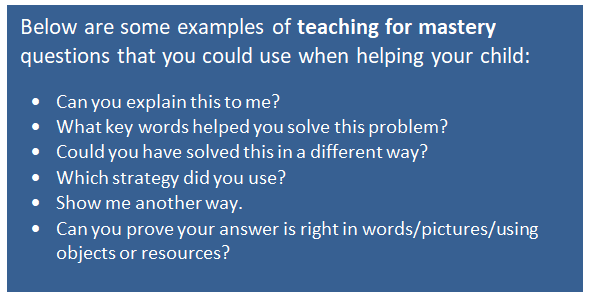
Here are some sentence stems for children to use. It is crucial that children are able to reason and explain their problem solving or justify their thinking.
